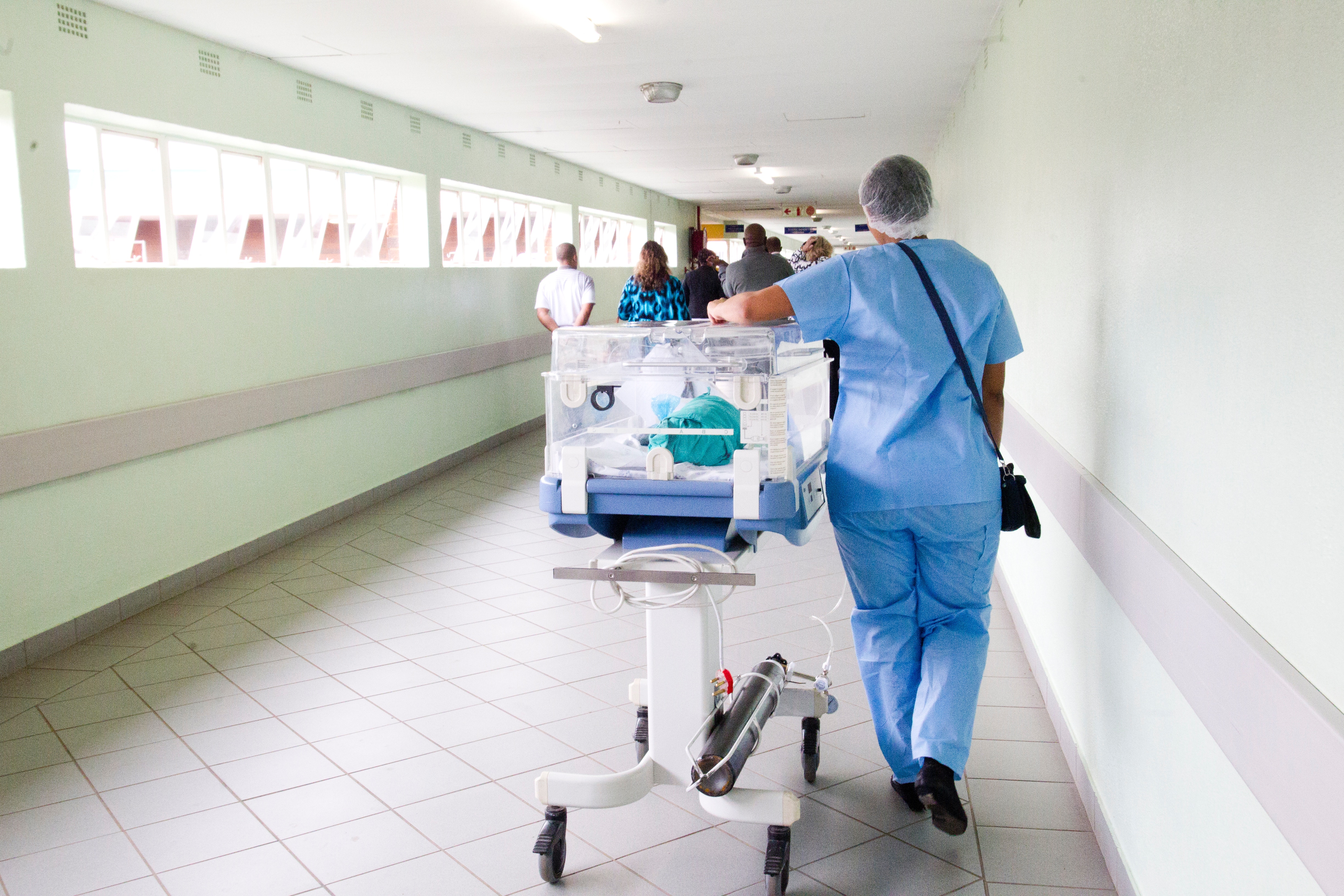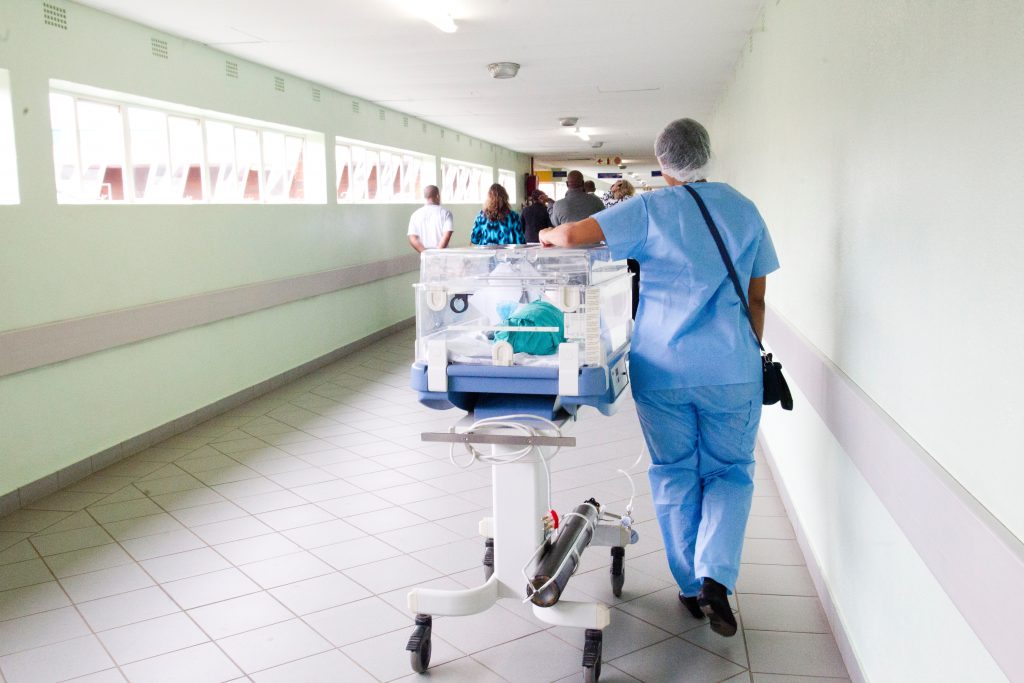
Where Hospitals are Soundproofing
By Megan Kent
- Healthcare ,
- 14 May
In healthcare, there are many studies and articles focusing on the need for increased soundproofing and noise cancelling.

Especially in hospitals, high noise levels can greatly impact not just patient recovery but the productivity of the healthcare workers. The areas of the hospital to focus on are those that affect patient wellness / restorative sleep, patient privacy, and physician focus / stress. “Even a simple conversation between nurses or beeping from a neighboring room can be enough to wake up a patient in the middle of the night.” Soundproofing and sound dampening can go a long way to make it “possible to create a more healing and safe environment for patients, and a more professional environment for staff.” Hospital staff, doctors, nurses, etc., are also affected by the noise distractions. It’s not just the patients that exhibit signs of raised “heart rate, blood pressure, respiration rate, skin conductance, and muscle tension.” (Quiet Healing: Why Soundproofing Matters In Hospitals)
The noise decrease can improve staff focus, and the frequency of staff burnout. Hospital surveys are also consistently showing that “when quiet-at-night scores increase, so do the scores for doctor communication, nurse communication, and even pain management.”

So, how and where should hospitals improve their soundproofing? One article suggests, the ceilings. “Considered to be no/low-contact ‘housekeeping surfaces’ by the Centers for Disease Control and Prevention (CDC), they do not significantly contribute to nosocomial infections rates. This allows a facility’s ceilings, in most areas, to be acoustically treated for either noise control or accurate speech communication.” In a CHD whitepaper, “the authors concluded installing high-performance acoustic ceiling panel systems is a key environmental strategy to reduce noise (and associated perceptions), as well as to have a positive impact on outcomes such as improved speech intelligibility and reduced perceived work pressure among staff.” Part of this is due to “If one assumes the floor material is sound-reflective (e.g. terrazzo, vinyl composition tile [VCT], or laminate) and assumes the wall materials are also sound-reflective (e.g. painted gypsum board, glass, laminate, or finished wood), then meeting the required design room sound absorption… falls mostly on the ceiling material.” (The New Era of Healthcare Acoustics: Specifying optimal ceiling performance for hospitals)
In 2014 a hospital in Washington took another approach when considering the challenge in hospitals of “how to limit the sound that a person in one room in the hospital could hear in another room, while at the same time, doctors and patients need to have acoustics that allow them to talk to each other, and medical staff also has to communicate with each other.” In this case, they chose specific wall materials that would help with the soundproofing, and focused on the noise levels in patient rooms and the hallways between, as “when a patient is being treated, the information shared between the patient and the doctor is supposed to be completely confidential and not the sorts of thing that generally can even carry out of the patient’s room into the hallway.” (Soundproofing Walls: How one hospital took it to the next level)
Have questions on sound masking? Contact Us!
Follow Ten10 Technologies Social Media: ![]()
![]()
Note: While Ten10 Technology has tried to be as informative as possible and link to factual information, it is always encouraged to double check facts and perform your own research.





Recent Comments